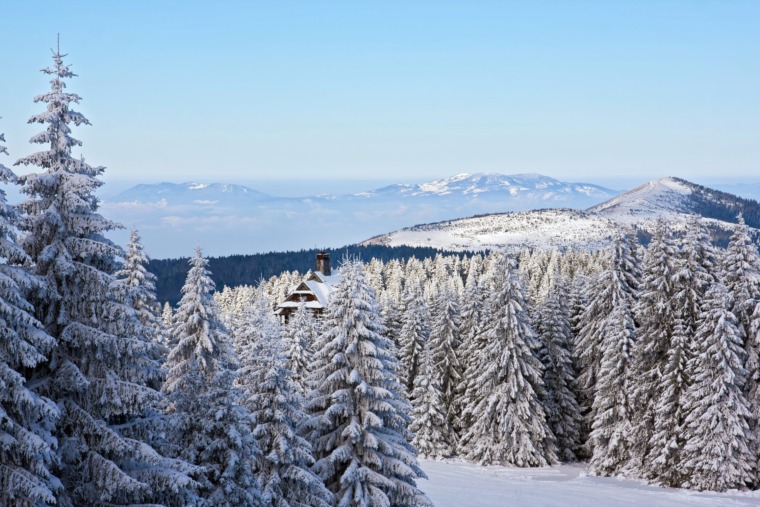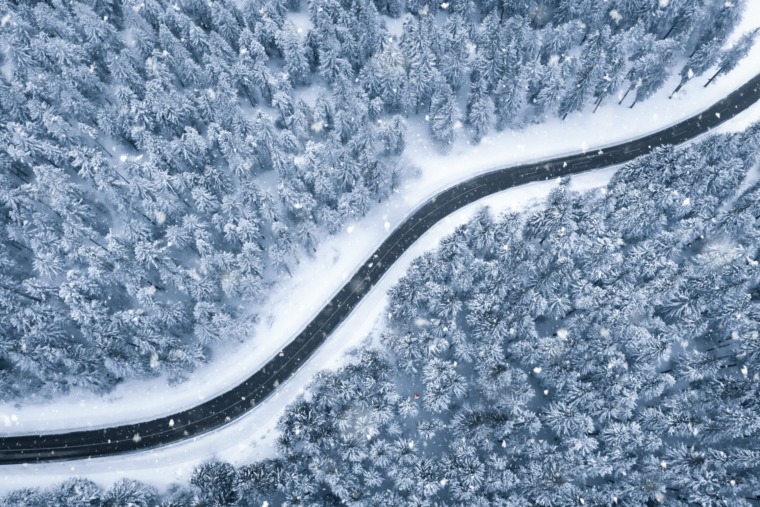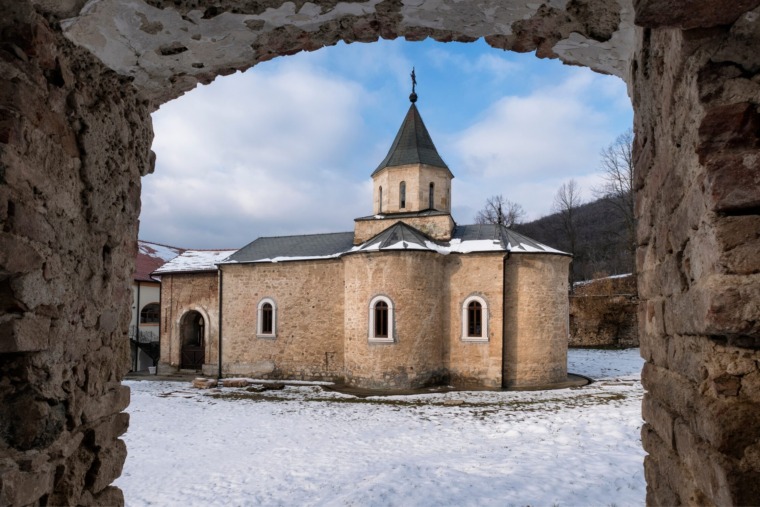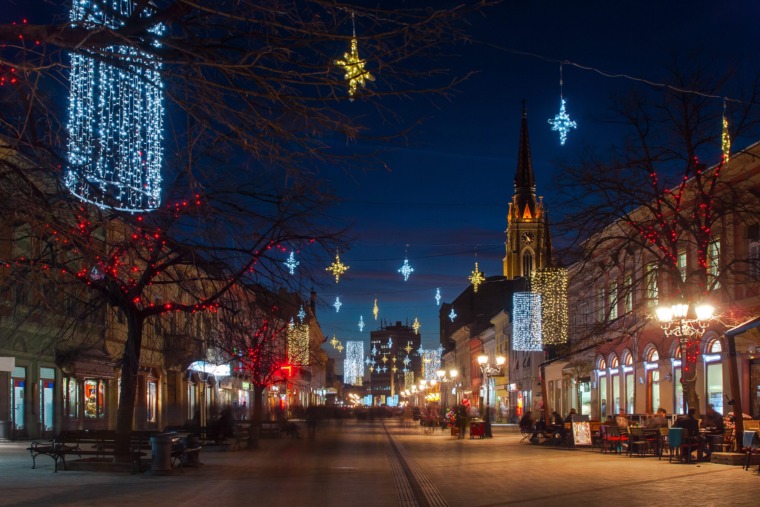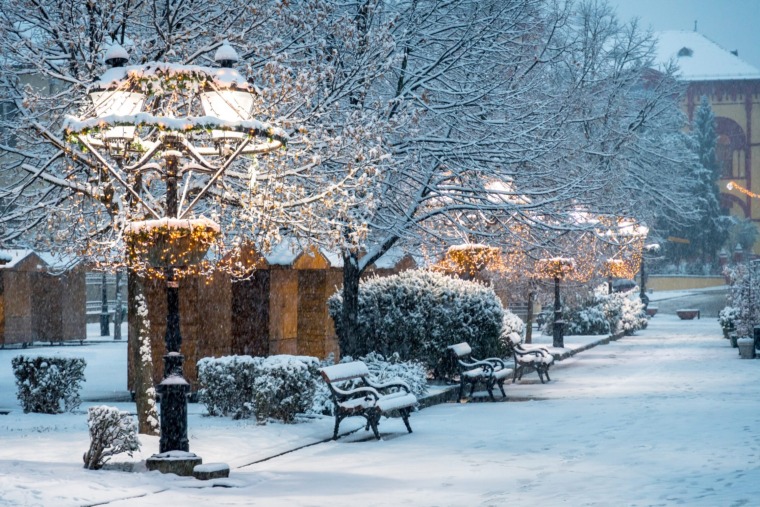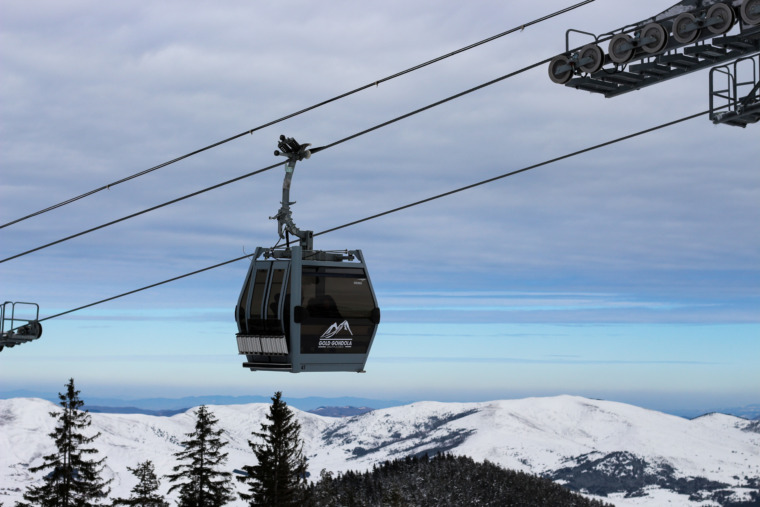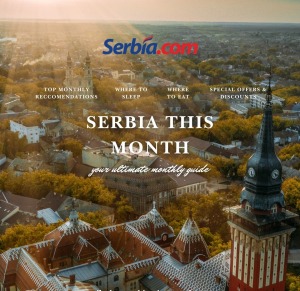
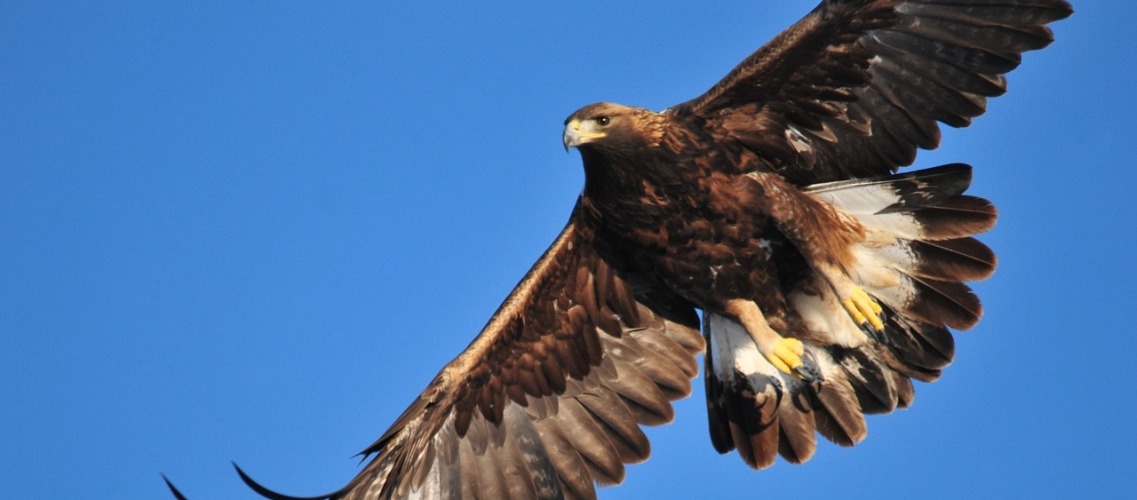
Serbia, nestled in the heart of the Balkans, is not only a country rich in culture and history but also a biodiversity hotspot, home to an impressive array of rare and endangered animal species. The country’s diverse landscapes, from rugged mountains and deep forests to fertile plains and winding rivers, provide habitats for an assortment of wildlife, some of which can be found nowhere else in the world. For nature lovers and wildlife enthusiasts, Serbia offers a chance to explore and discover rare species that contribute to its ecological wealth.
Let’s take a closer look at some of the most remarkable and rare animals that call Serbia home.
1. Balkan Lynx (Lynx lynx balcanicus)
The Balkan lynx is one of the rarest and most elusive wild cats in Europe. This subspecies of the Eurasian lynx is found in the mountain ranges of the Balkans, including the dense forests of Tara National Park in Serbia. The Balkan lynx is critically endangered, with only a few dozen individuals remaining in the wild. The lynx’s thick fur, tufted ears, and powerful build make it an iconic species, though its solitary nature and secretive behavior make it a difficult animal to spot.
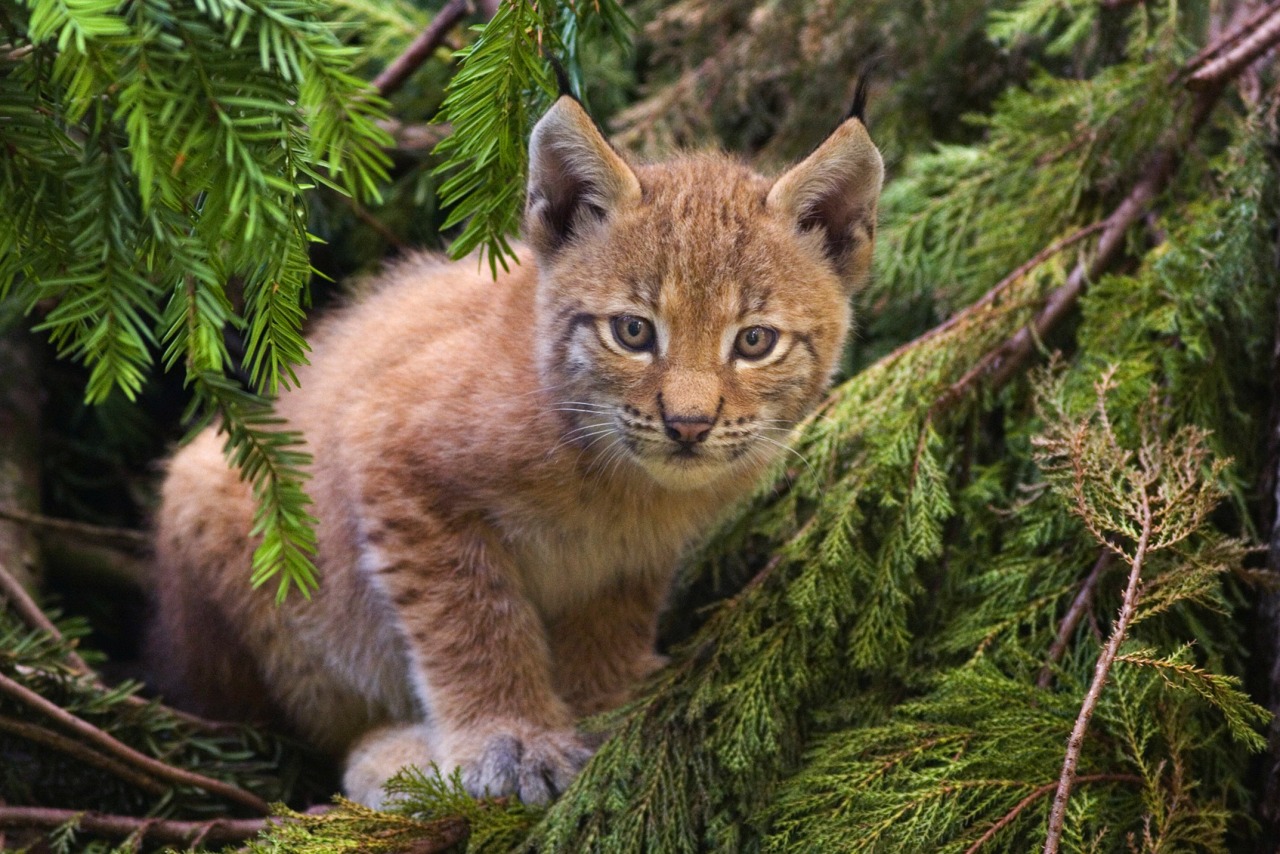
Conservation efforts in Serbia and neighboring countries, such as North Macedonia and Albania, have been underway for years to protect this majestic animal. The establishment of protected areas, wildlife monitoring programs, and reintroduction initiatives are essential steps in preserving the future of the Balkan lynx.
2. Golden Eagle (Aquila chrysaetos)
Serbia is home to the magnificent golden eagle, a bird of prey known for its impressive size, sharp talons, and extraordinary hunting skills. These eagles primarily inhabit the rocky cliffs and mountains of the Stara Planina and Tara mountains, where they can find ample prey in small mammals, birds, and even deer.
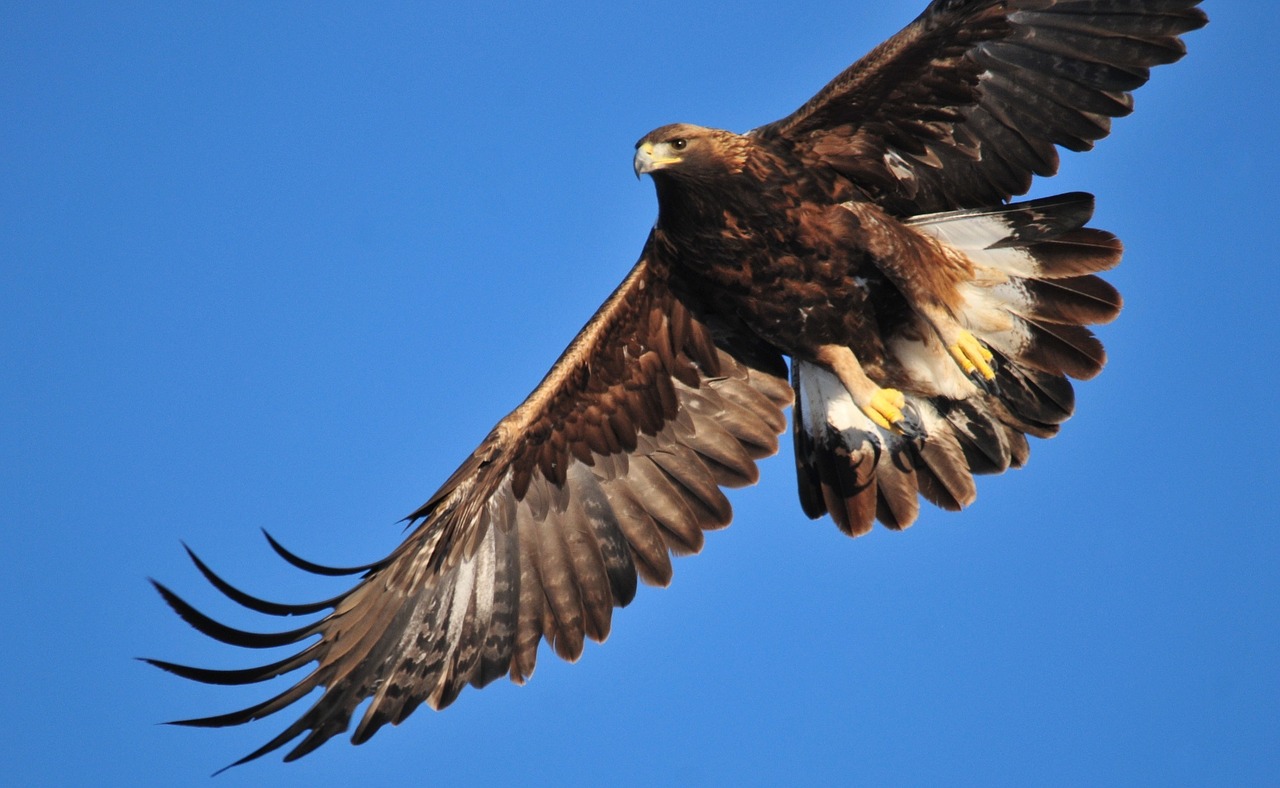
The golden eagle’s striking appearance, with its golden-brown plumage and white markings, makes it a symbol of strength and freedom. Though the golden eagle is not currently endangered, its population in Serbia has been declining due to habitat loss and human activity. Conservationists are working to safeguard nesting sites and prevent illegal hunting to ensure the survival of this majestic bird.
3. Balkan Brown Bear (Ursus arctos balkanensis)
The Balkan brown bear is a subspecies of the brown bear, found mainly in the dense forests of the Tara and Kopaonik Mountains. These bears are typically larger than their European cousins and have a thick coat of fur that helps them survive the harsh Balkan winters. Though bears in Serbia have faced significant threats from poaching and habitat destruction, their populations have been steadily increasing thanks to stronger legal protections and conservation efforts.
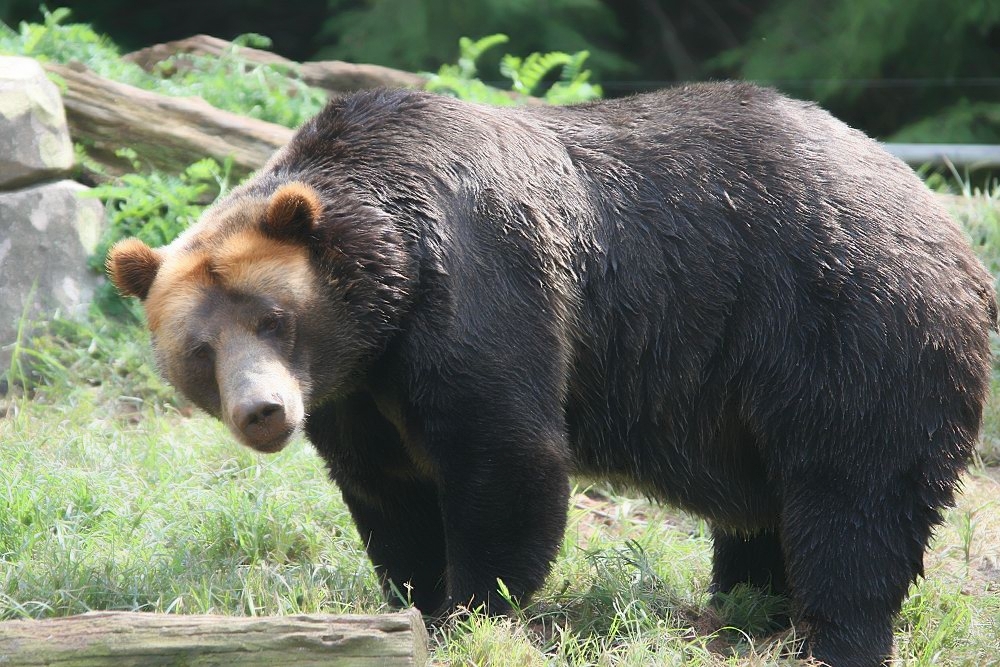
The Balkan brown bear plays an essential role in maintaining the ecological balance of its habitat by controlling populations of herbivores and scavengers. Though it is still considered a vulnerable species in the region, it remains a symbol of Serbia’s wilderness, and sightings in the wild, especially in the mountainous areas, are a rare and awe-inspiring experience.
4. Griffon Vulture (Gyps fulvus)
The Griffon vulture is a critically endangered bird of prey that can be found in the mountainous regions of Serbia, particularly in Special Nature Reserve Uvac, Trešnjica River Canyon, and Mileševka River Canyon. Known for its large wingspan and impressive soaring ability, this vulture is a scavenger that feeds primarily on carcasses of large animals.
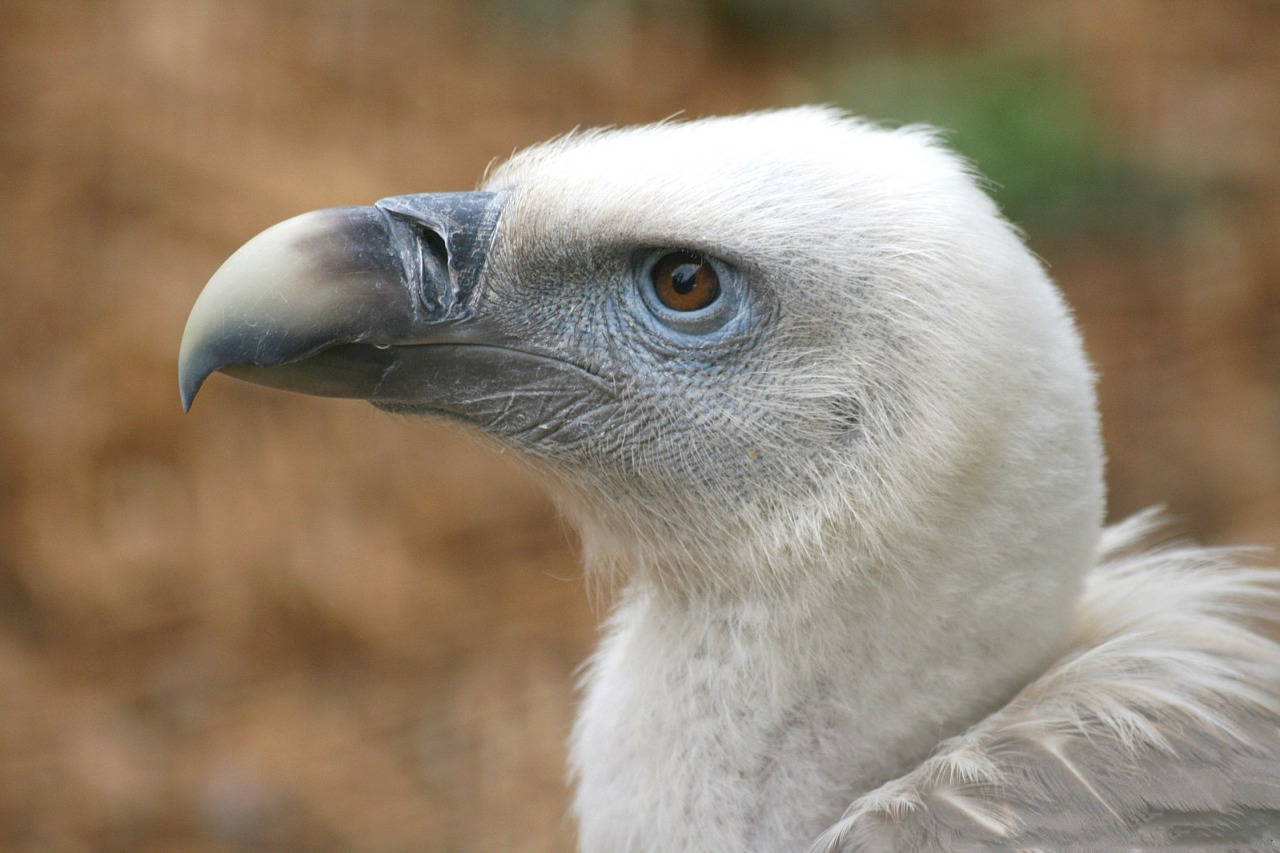
Once nearly extinct in the region, the Griffon vulture has made a comeback thanks to joint conservation projects between Serbia and neighboring countries. These projects focus on protecting the vulture’s natural habitat, promoting safe feeding grounds, and preventing poisoning, which is one of the main threats to the species.
5. Viper (Vipera ammodytes)
The Vipera ammodytes, also known as the horned viper, is a venomous snake species that inhabits the rocky and hilly areas of Serbia, particularly in the Šumadija and Southern Serbia. This snake is distinguished by a prominent “horn” on the tip of its nose, which gives it a unique appearance. Despite its venomous nature, the horned viper is generally shy and avoids human contact.
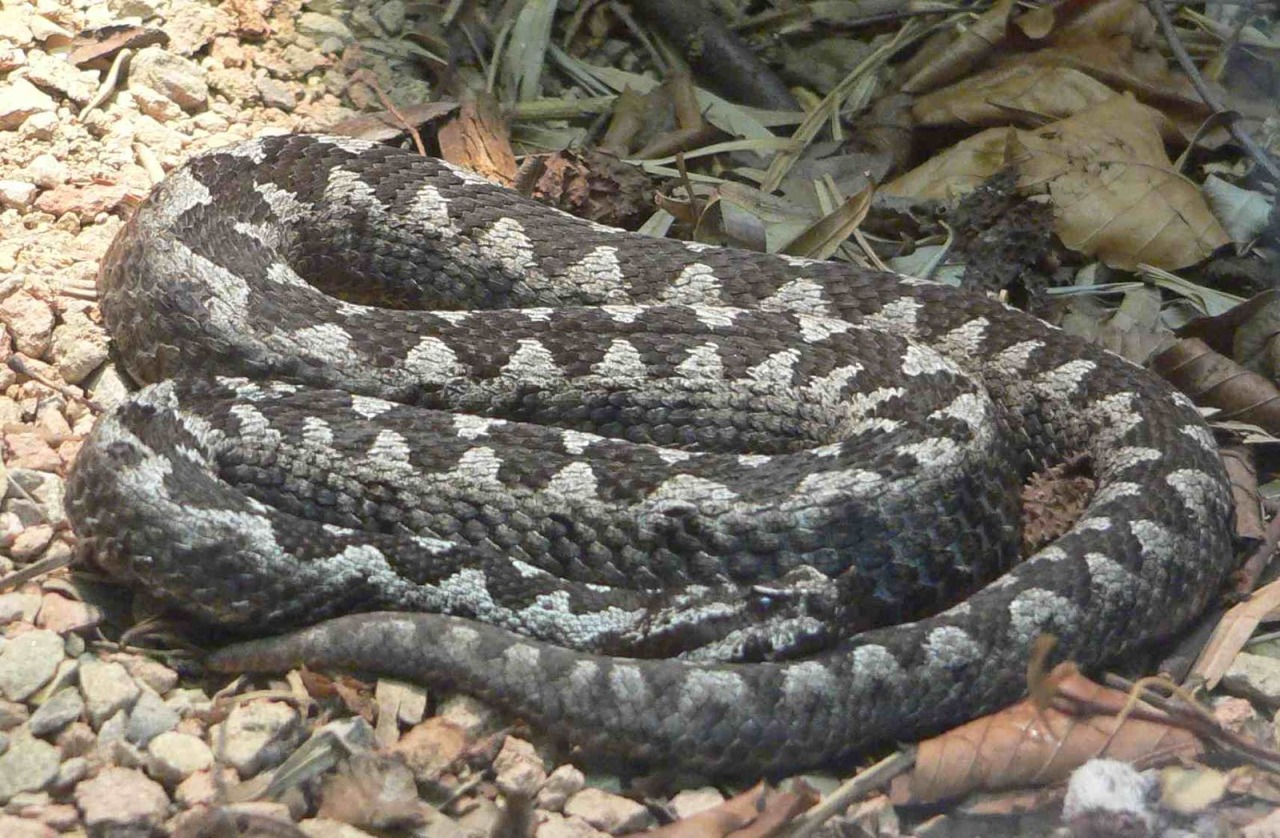
The horned viper plays a crucial role in controlling the populations of small rodents and insects. However, it is often misunderstood and killed by humans due to its venomous reputation. Conservation efforts are aimed at educating the public about the importance of this species and protecting its natural habitat.
6. European Wildcat (Felis silvestris)
The European wildcat is a small, elusive predator that roams Serbia’s dense forests and hilly terrains. While it closely resembles a domestic cat, the wildcat is more muscular and has a thicker coat. It is a solitary animal, typically hunting small mammals, birds, and insects.
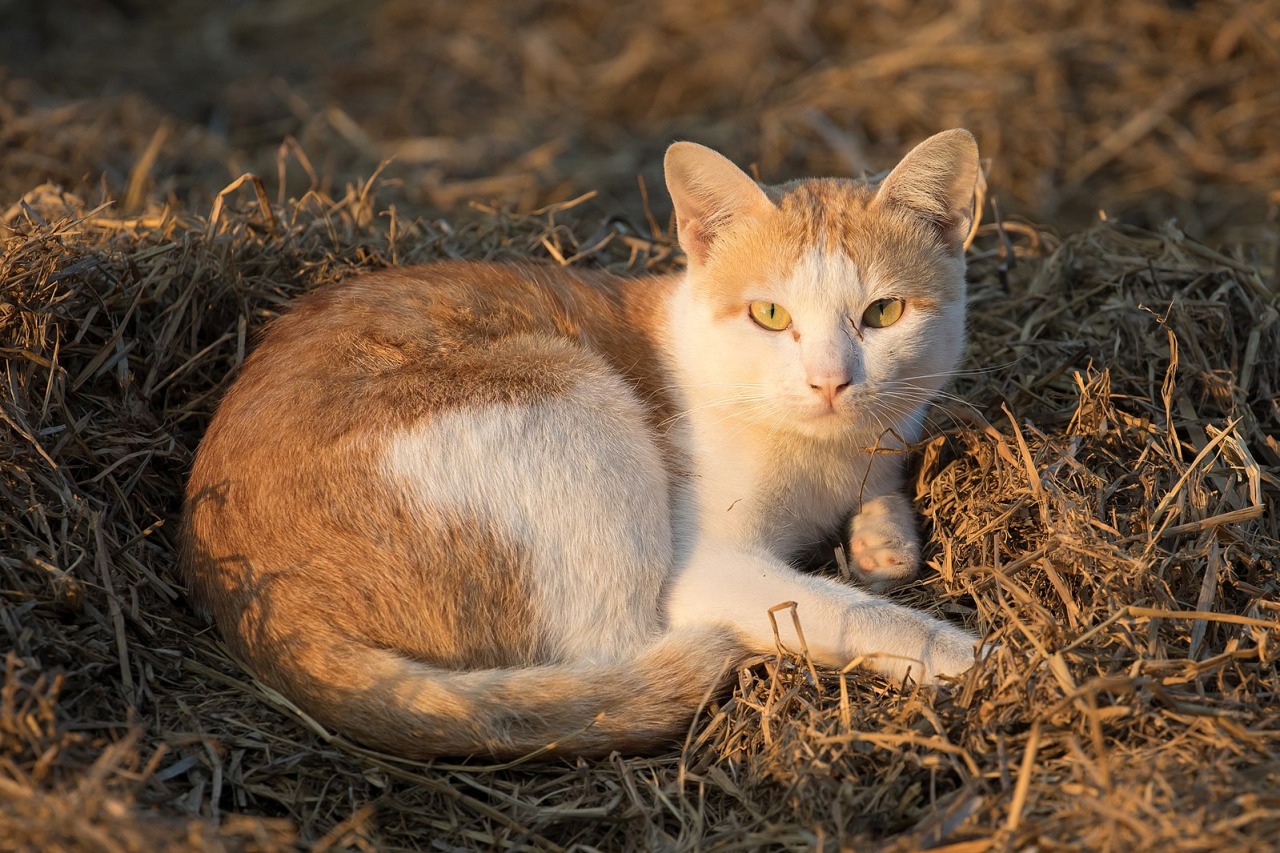
Due to habitat destruction and crossbreeding with domestic cats, the European wildcat’s population in Serbia has been in decline. However, protected areas such as Fruška Gora National Park and parts of Tara and Kopaonik are crucial for maintaining healthy wildcat populations. The wildcat is an important species in the region’s food chain, and its presence is a good indicator of the health of the ecosystem.
7. White-tailed Eagle (Haliaeetus albicilla)
7. White-tailed Eagle (Haliaeetus albicilla) The majestic white-tailed eagle is one of Serbia’s most impressive raptors. These powerful birds of prey are mostly found in the Vojvodina region, particularly near the large wetlands, lakes, and rivers. They are also present in Veliko Ratno Ostrvo (Great War Island) in Belgrade, a nature reserve located in the middle of the confluence of the Sava and Danube rivers.
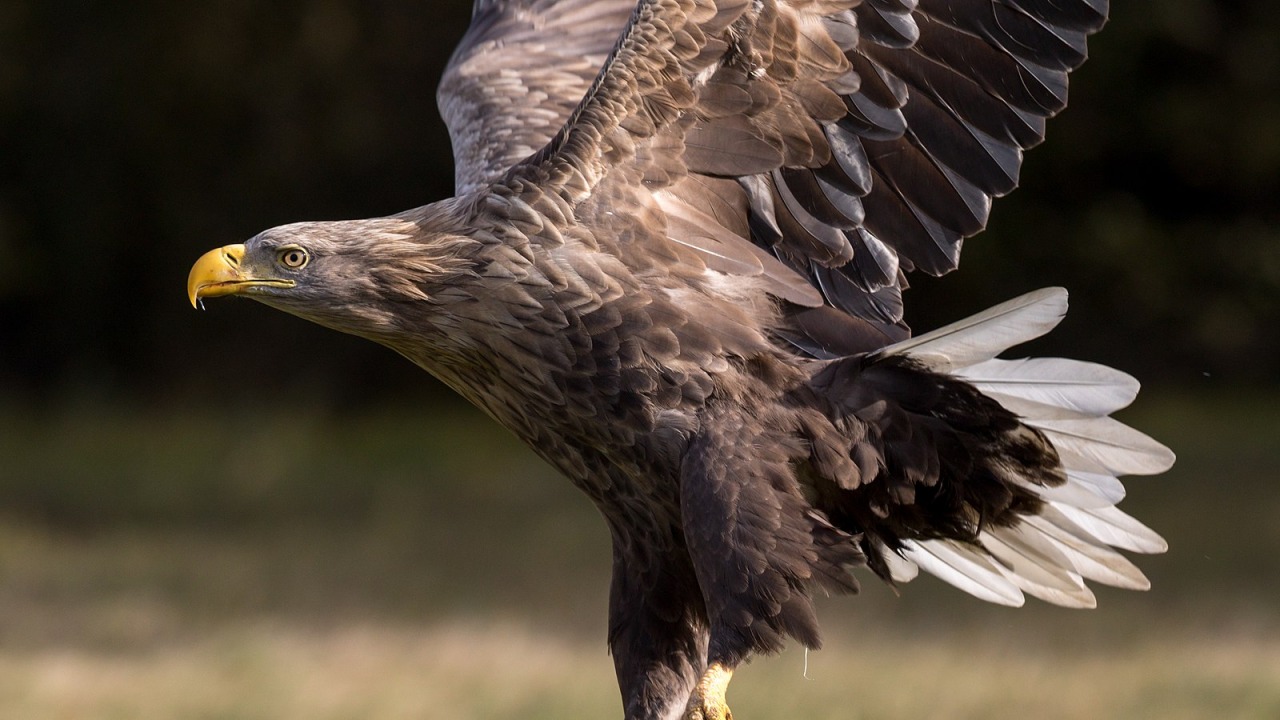
The white-tailed eagle has a significant presence in Serbia’s birdwatching community, where their nesting sites are carefully protected to ensure their population continues to thrive. The eagle’s large wingspan and striking appearance make it a symbol of Serbia’s commitment to preserving its wildlife.
Protecting Serbia’s Rare Wildlife
Serbia’s unique and rare animal species are not only important for the country’s natural heritage but also for maintaining biodiversity in the Balkans. However, these species face numerous threats, including habitat destruction, poaching, and climate change. Efforts to protect and preserve these species have gained momentum in recent years, with the establishment of national parks, wildlife reserves, and ongoing conservation programs.
For anyone interested in experiencing the wild side of Serbia, the country’s natural parks and protected areas, such as Tara National Park, Kopaonik, Stara Planina, and Fruška Gora, provide a glimpse into a world of rare and magnificent creatures. Through continued awareness, education, and action, Serbia’s wildlife can thrive for generations to come.
Related Articles

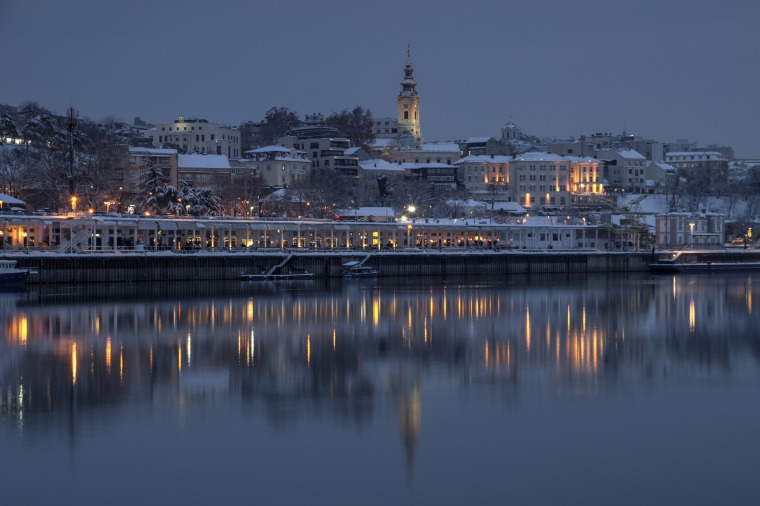
Belgrade in December: A City of Lights, Warmth, and Holiday Magic
December 5, 2025